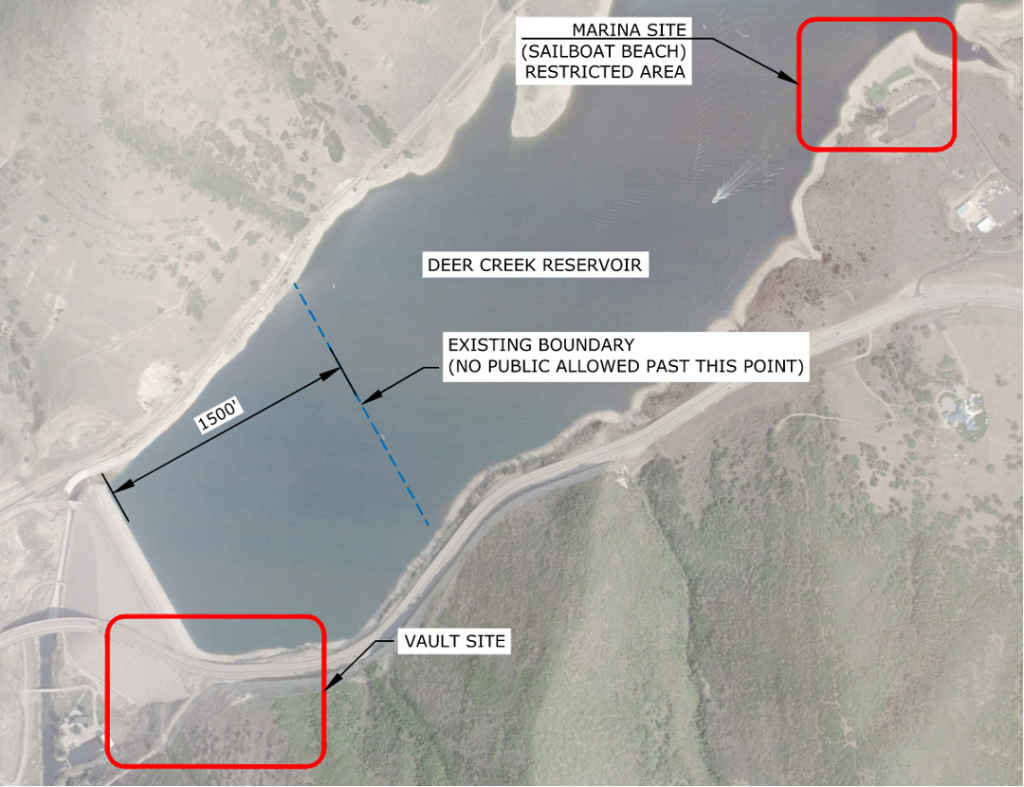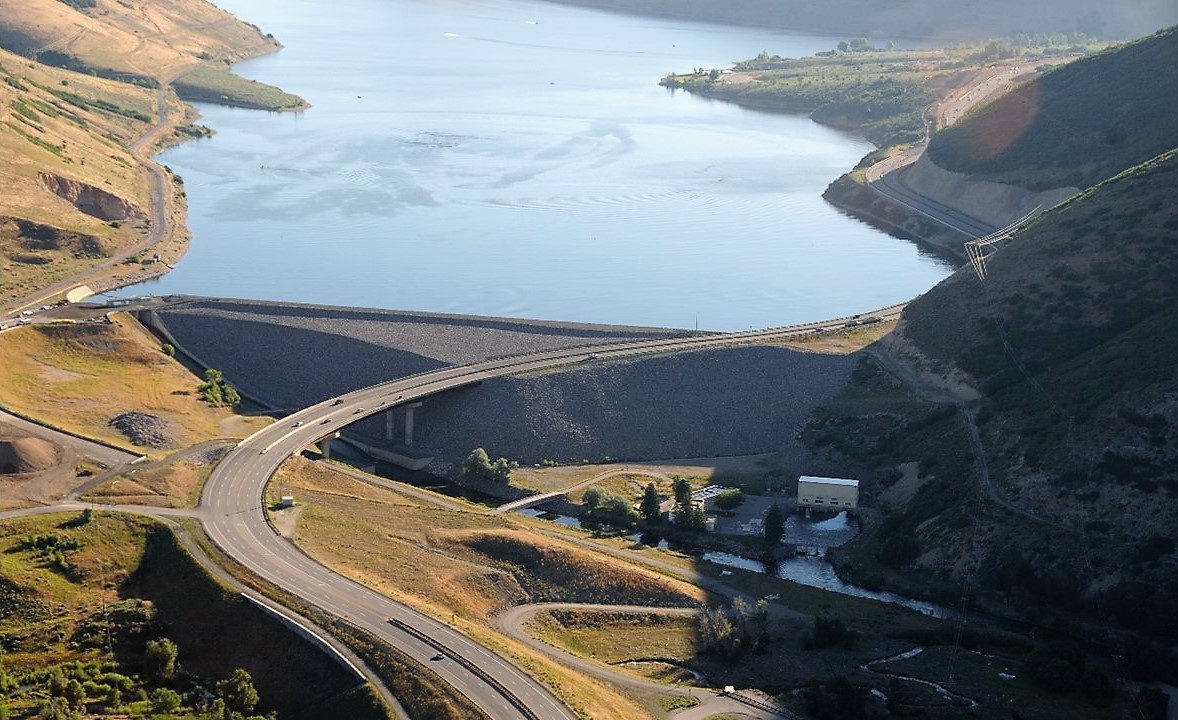
Deer Creek Intake Project
The Importance of Deer Creek Dam & Reservoir
The Deer Creek Dam & Reservoir is an essential infrastructural feature for Utahns living on the Wasatch Front for many reasons:
- Facilitates water supply to over 1.5 million people
- One of the most utilized recreational ecosystems in Utah
- Vital to Utah’s future growth and economic sustainability
For these reasons, it will be crucial to address the following problems facing the safety and health of the dam & reservoir going forward:
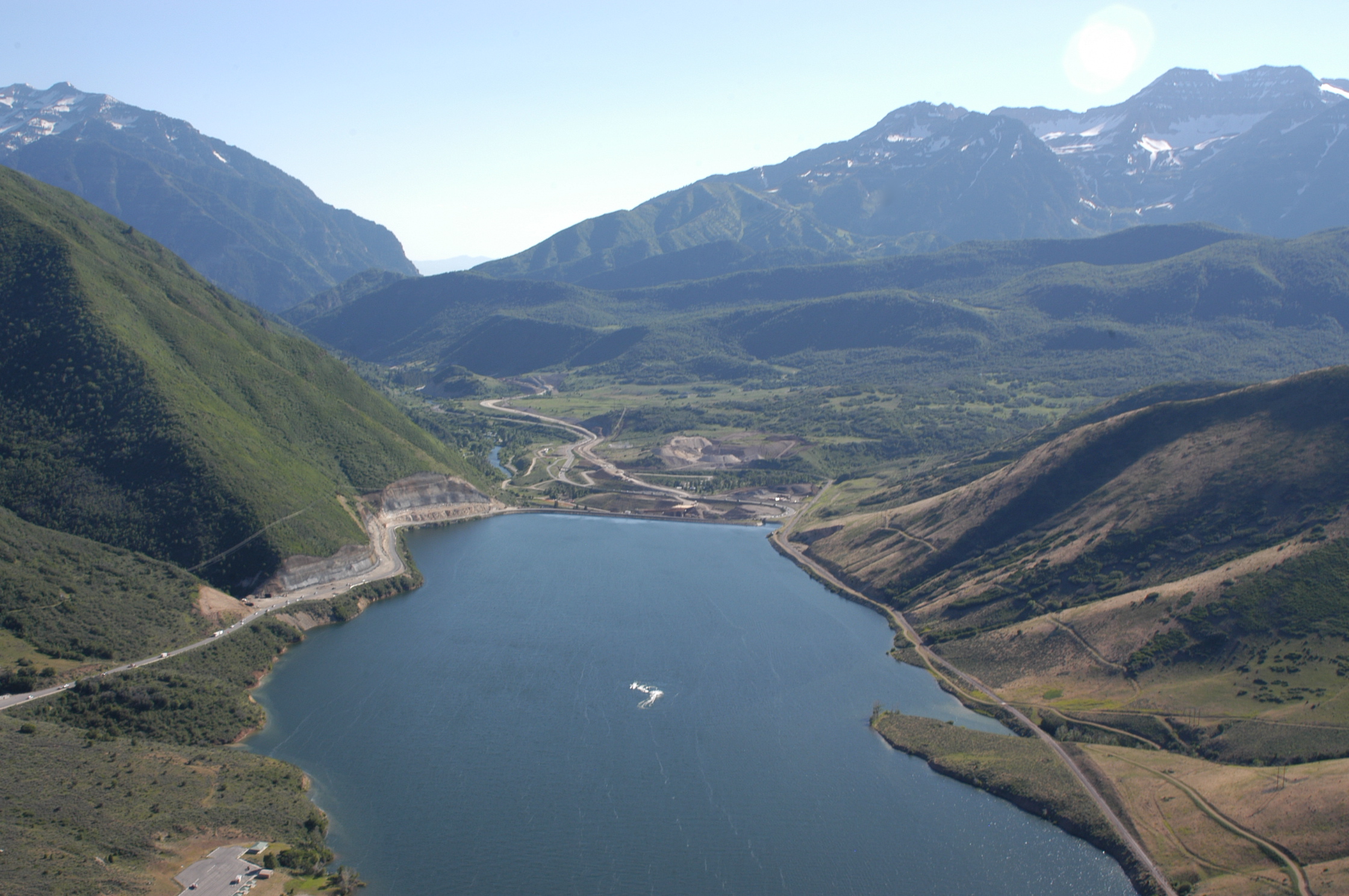
Water Supply Concerns for the Wasatch Front
Aging Infrastructure
Built over 80 years ago, the Deer Creek Dam guard gates have reached the end of their useful life. In fact, manufacturer parts are no longer available or need to be specialty fabricated. Currently, access is challenging to perform maintenance on this infrastructure without draining Deer Creek Reservoir.
Invasive Species Threat
Deer Creek Reservoir and other storage reservoirs face an imminent threat from the aquatic invasive species, the Quagga mussel. As currently configured, Deer Creek Dam and Reservoir have no effective defense against this threat. This invasive species would cause the intake and guard gates to require extensive ongoing maintenance and could disrupt the downstream flows and the reservoir ecosystem.
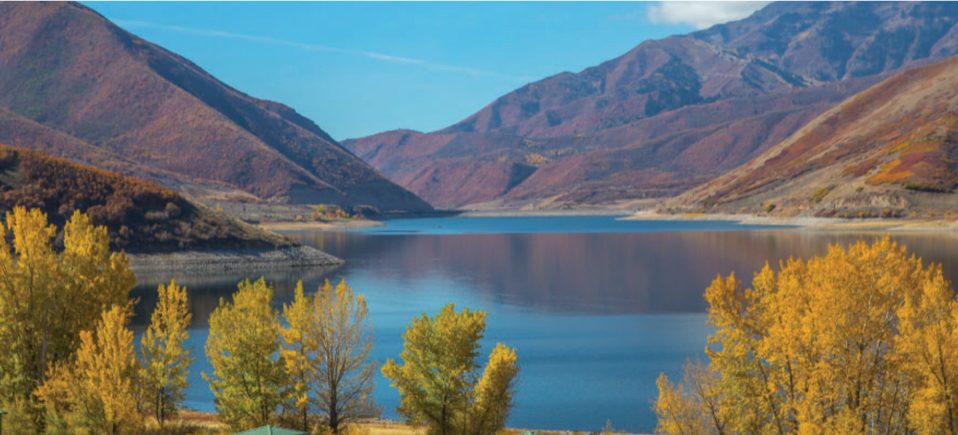
Innovative Solution, Uninterrupted Water Supply
Provo River Water Users Association (the Association) proposes to safeguard against these concerns by utilizing an innovative design and construction method to refurbish the intake and guard gates WITHOUT draining the reservoir to ensure uninterrupted water supply to the Wasatch Front. Planned modifications to the intake and refurbishment of the guard gates will provide the best state-of-the-art defense mechanisms against aquatic invasive species. Project design started in 2021, with construction starting Spring 2023. The project is estimated to cost $100,000,000 and will take 3 years to complete.
The Association is partnering with Central Utah Water Conservancy District (CUWCD) in funding $24 million dollars of the Intake Project and has received authorization from the Board of Water Resources for a $65 million dollar loan. The Association is also continuing to pursue other loan and grant opportunities for the remaining balance.
Intake Project Summary Points
The Deer Creek Dam intake and guard gates infrastructure conveys a significant portion of the drinking water, secondary irrigation water, industrial and agricultural water for 1,500,000 people in Utah (half of the state’s population).
- The dam foundation and spillway gates were brought up to seismic standards in 2007 to improve Dam Safety, but the intake and guard gates were not. This project will mitigate this risk.
- The original 1930 design of the dam infrastructure has served the citizens of Utah well for over 80 years. However, the original design failed to incorporate a bypass or the ability to access isolation gates for maintenance. This project will rectify this functional deficiency.
- The existing infrastructure is over 80 years old and is beyond its functional life. Critical components have deteriorated, and this project will retrofit and refurbish many components of the old facilities.
- Innovative construction methods will allow critical water storage to be maintained, rather than draining the reservoir for construction.
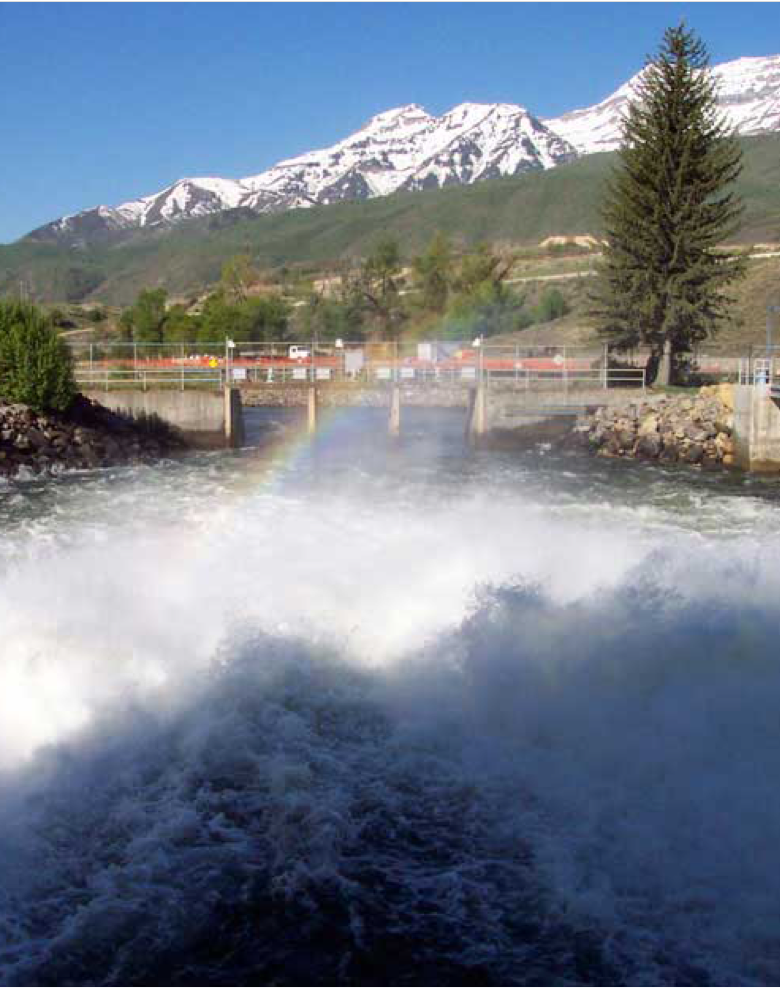
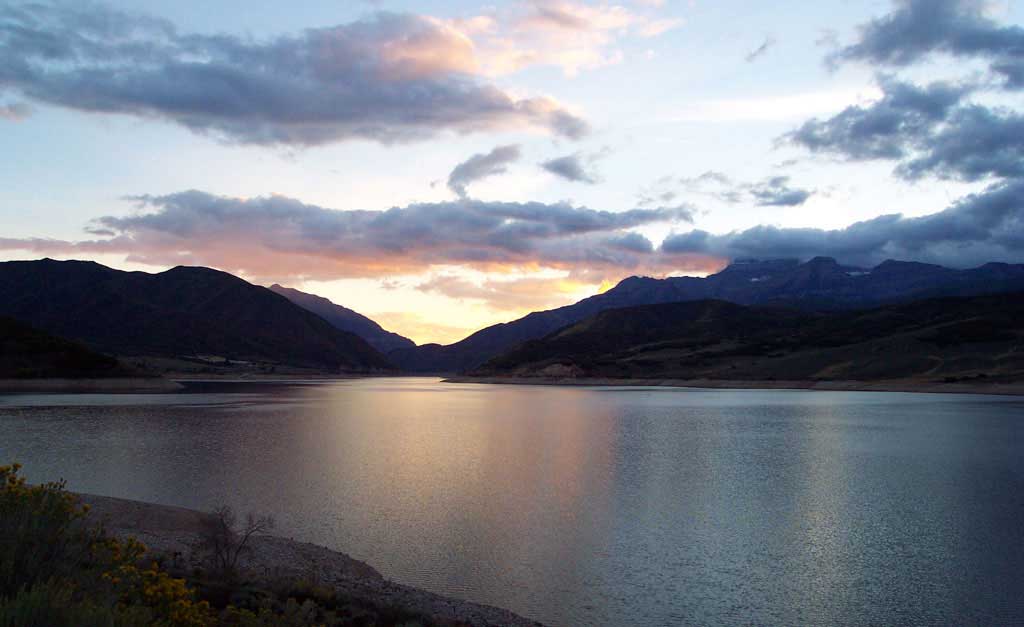
Sailboat Beach Closed for the Deer Creek Intake Project
The Sailboat Beach Day-Use Area at Deer Creek State Park will be closed to all public access beginning May 1, 2023, for construction as part of the Deer Creek Intake Project. The closure is expected to last until spring 2026.
During the construction process, members of the public will not be allowed to access the sailboat beach area. This closure extends into the reservoir where boats and barges will be docked when not in use.
If you are recreating in the area, recognize that sailboat beach and the 1,500-foot buffer area at the dam are restricted areas (NO TRESPASING) and are sectioned-off by buoys.
